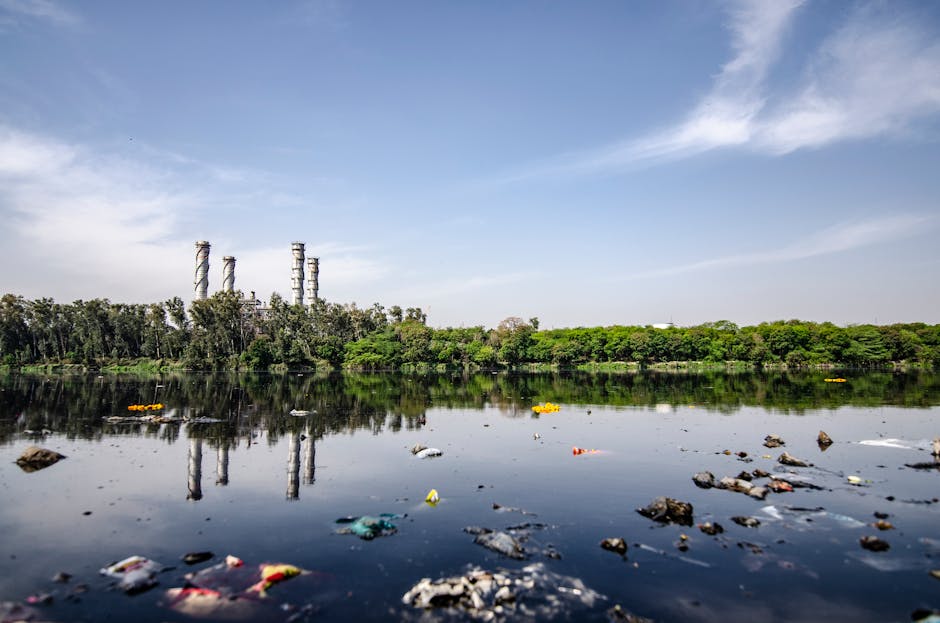India’s air pollution crisis has long been a global concern, but its far-reaching effects are now reshaping key economic sectors, particularly travel and healthcare. As cities like Delhi, Mumbai, and Kolkata battle hazardous air quality, a new phenomenon has emerged: the “smog economy.” This term captures the economic and behavioral shifts driven by pervasive pollution, from changing travel patterns to a booming healthcare industry focused on respiratory ailments.
The Travel Transformation
India’s travel industry is undergoing a significant shift as pollution forces travelers to rethink their plans. Tourists drawn to the country’s cultural heritage are now opting for destinations with cleaner air, such as hill stations like Shimla and Manali or coastal areas like Goa and Kerala.
Domestic travelers are also adapting, swapping urban exploration for eco-friendly retreats in less polluted regions. This trend, dubbed “pollution tourism,” has led to a surge in bookings for wellness resorts, especially during peak smog months.
The aviation sector is responding too. Airlines now offer “pollution-free flights” to cleaner destinations, while airports in heavily polluted cities invest in air purification systems. Ride-hailing services like Uber and Ola have introduced “green rides” with electric vehicles, catering to environmentally conscious commuters.
The Healthcare Boom
While travel adapts, healthcare is booming due to pollution-related illnesses. Respiratory diseases like asthma, bronchitis, and COPD have surged, with urban hospitals reporting a sharp rise in patients.
Specialized clinics and diagnostic centers for respiratory care are proliferating, and demand for pulmonologists and allergists is at an all-time high. Medical tourism is also thriving as patients from rural areas seek advanced treatment in cities.
The pharmaceutical industry is capitalizing on the crisis, with soaring sales of air purifiers, masks, and respiratory medications. Brands like Honeywell and Philips dominate the market, while local manufacturers offer affordable alternatives.
Preventive healthcare is also growing. Wellness apps that track air quality and provide health recommendations are gaining traction, and insurance companies are launching policies tailored to pollution-related illnesses.
The Economic Cost
The smog economy has created opportunities but also imposed significant costs. The World Bank estimates that air pollution costs India over 8% of its GDP annually, factoring in healthcare expenses, lost productivity, and premature deaths. Small businesses reliant on outdoor activities are particularly affected.
The government has introduced initiatives like the National Clean Air Programme (NCAP) and stricter emission norms, but implementation remains challenging, and pollution persists.
A Call for Collective Action
The smog economy highlights the link between environmental and economic health. While innovation drives new opportunities, addressing the root causes of pollution requires collective action from policymakers, businesses, and citizens.
Travelers can make sustainable choices, from eco-friendly accommodations to supporting local anti-pollution initiatives. The healthcare industry must focus not only on treatment but also on preventive measures and advocacy.
As India navigates this challenge, the smog economy serves as both a warning and an opportunity. It underscores the need for urgent action while showcasing the potential for innovation. The question is whether India can turn this crisis into a catalyst for sustainable growth, ensuring cleaner air and a healthier future for all.




